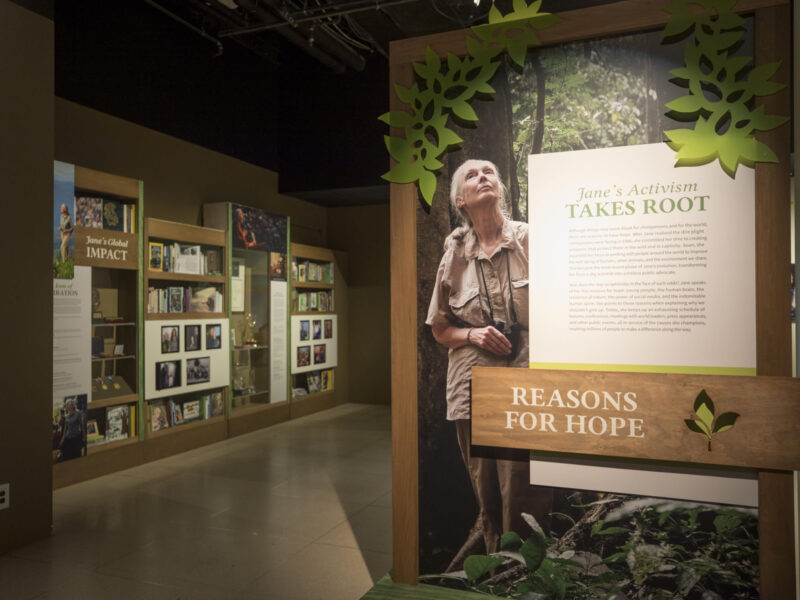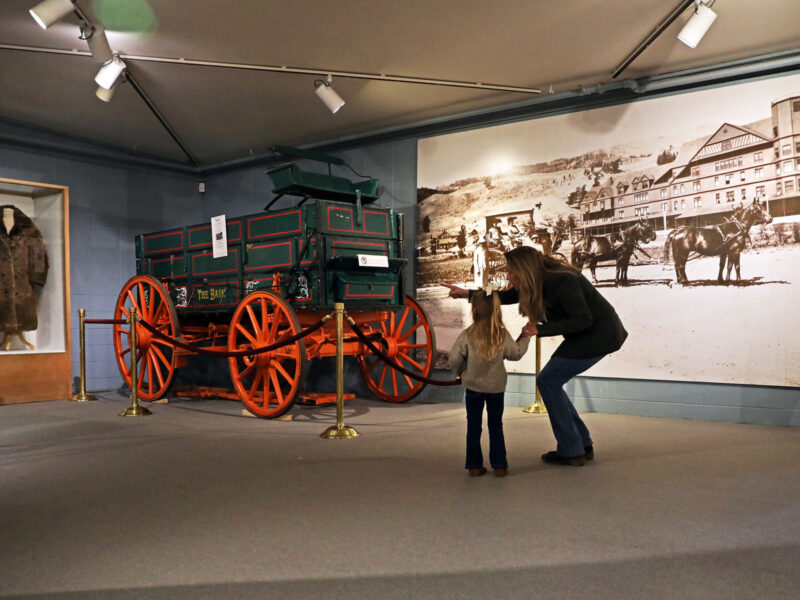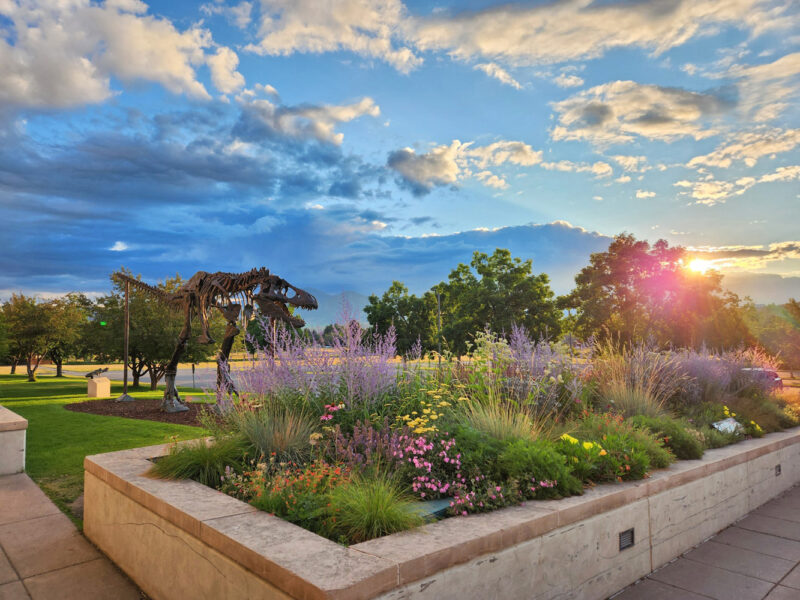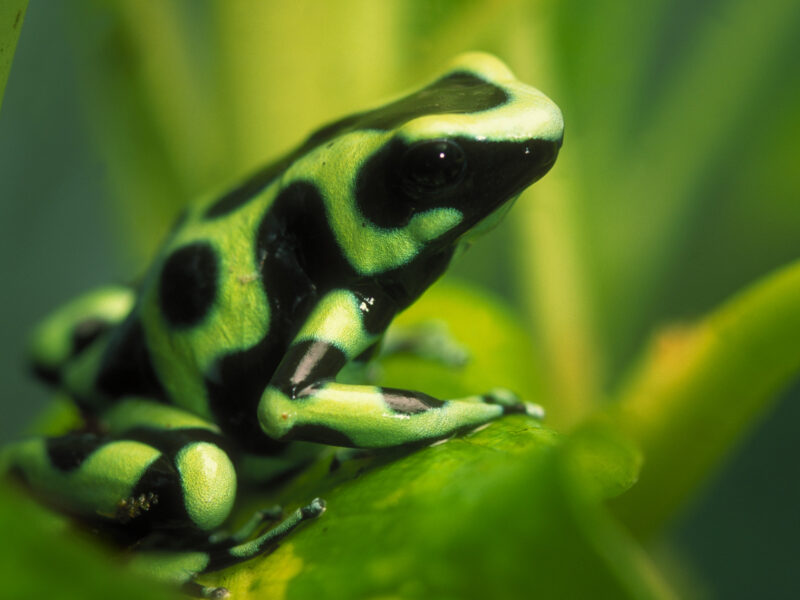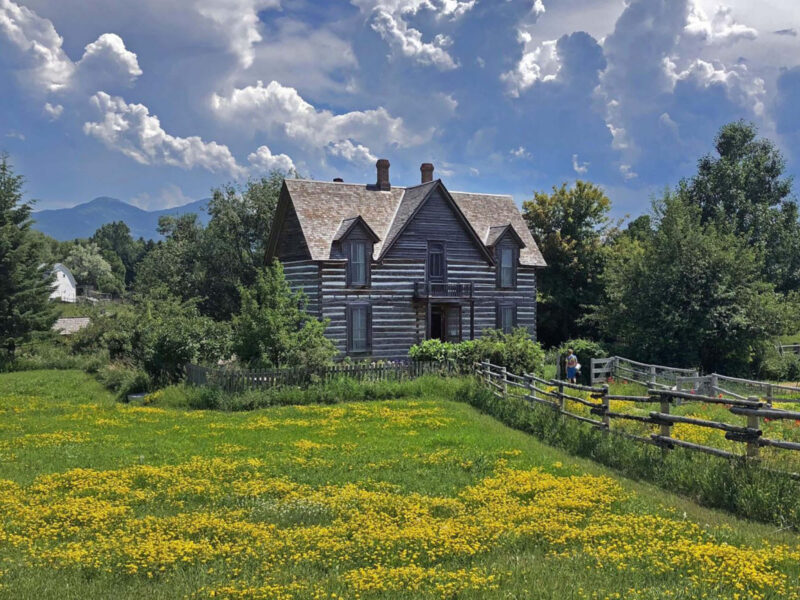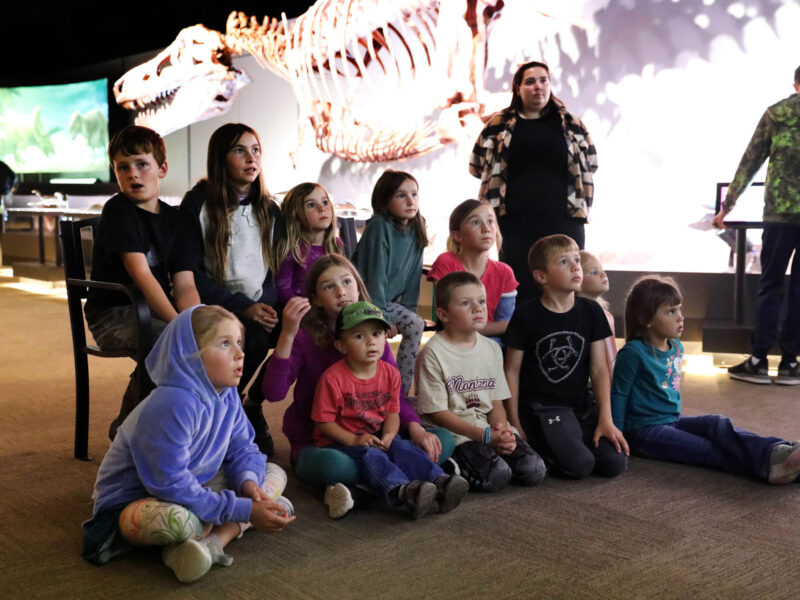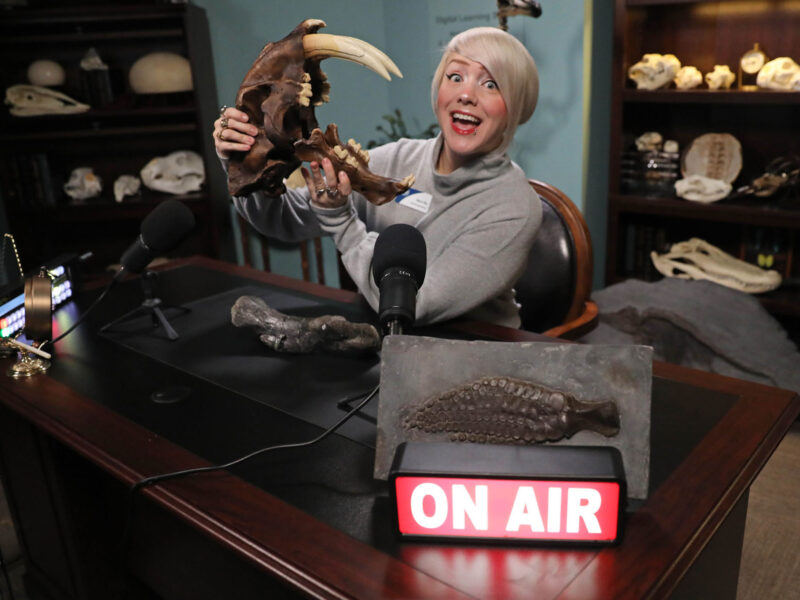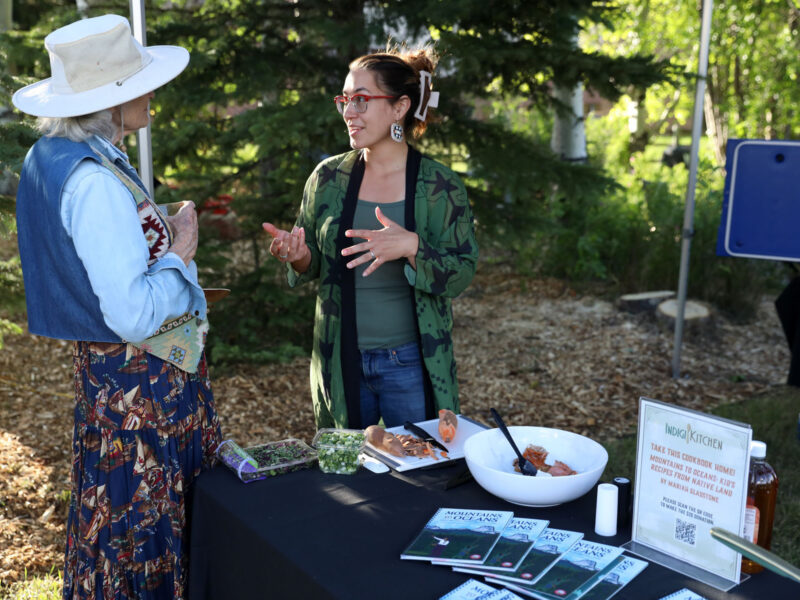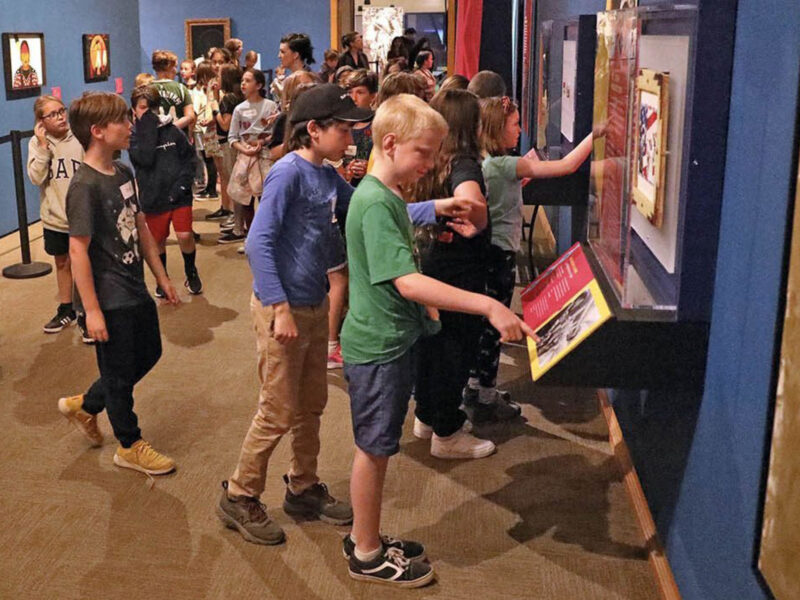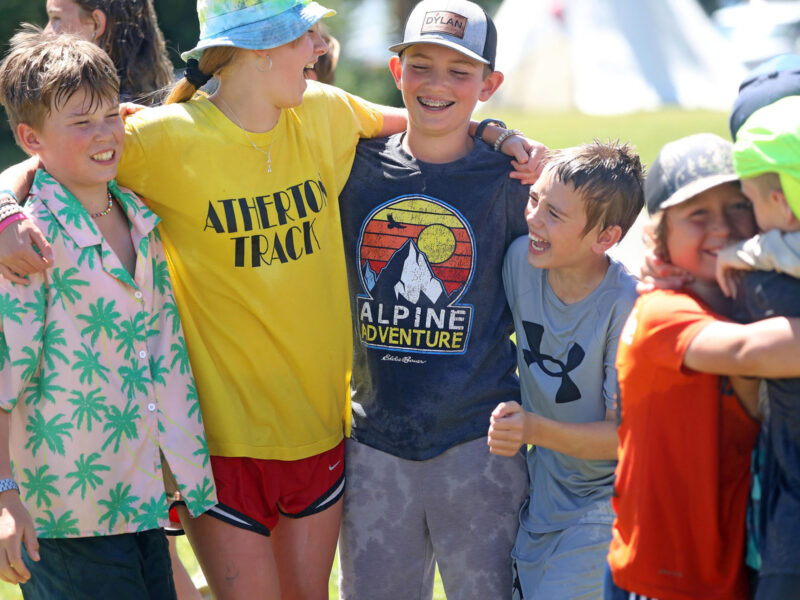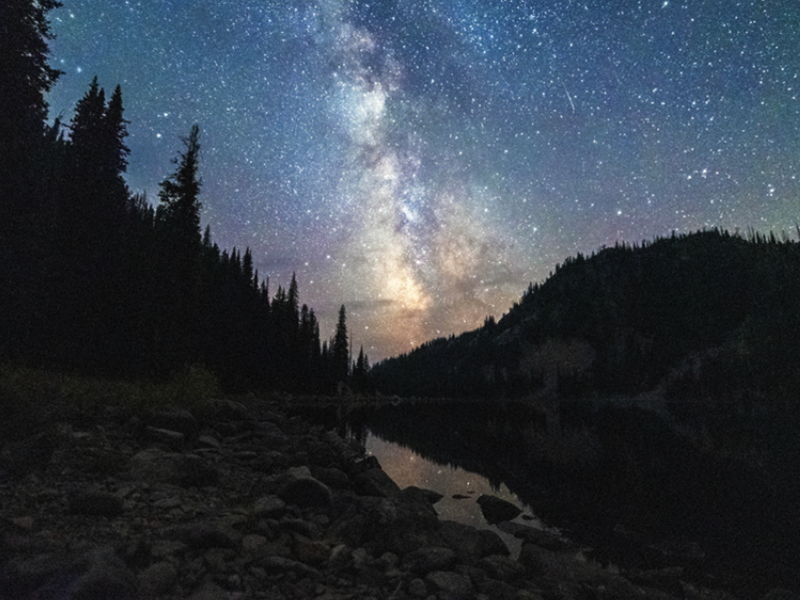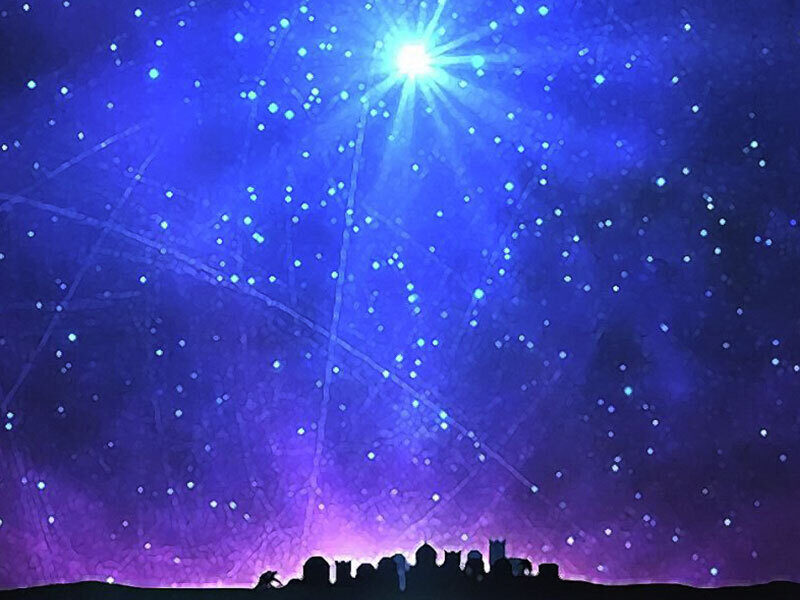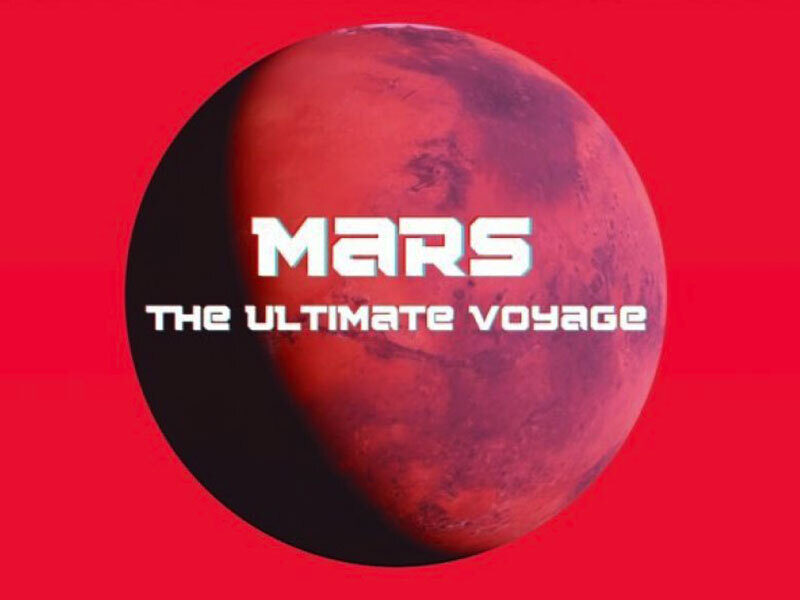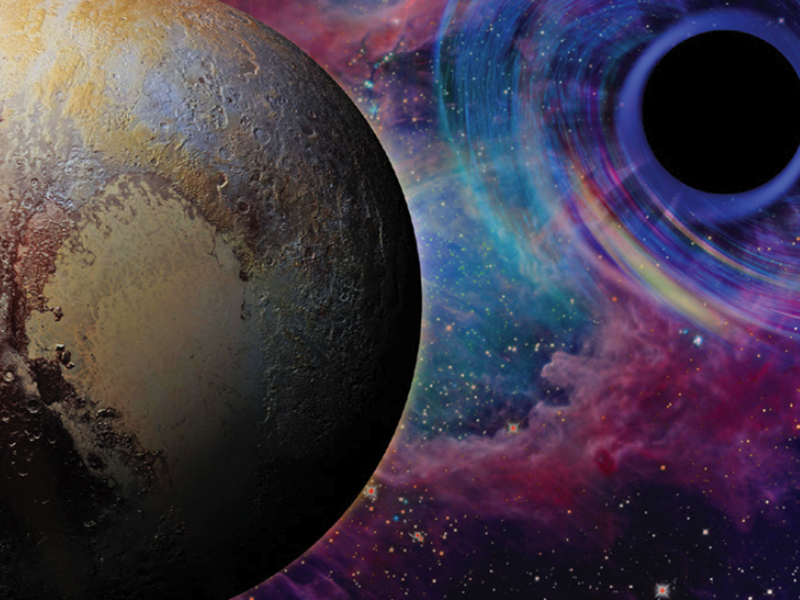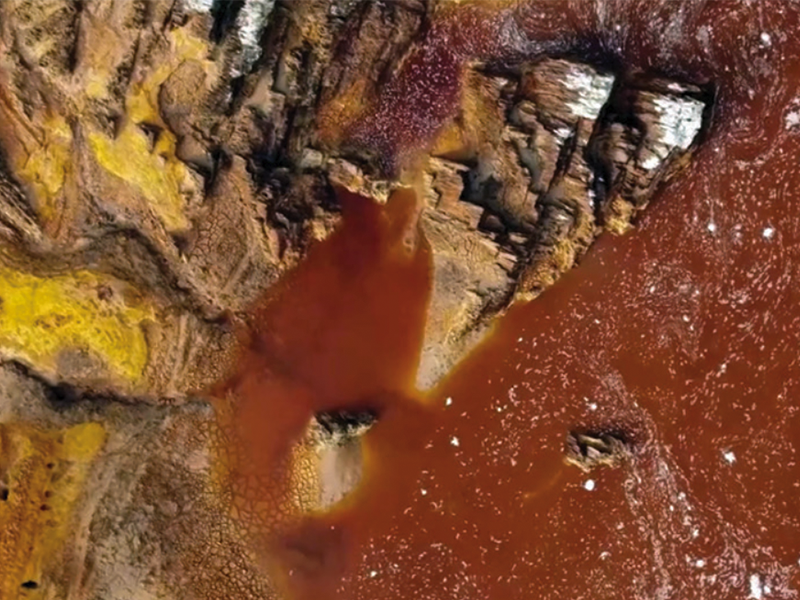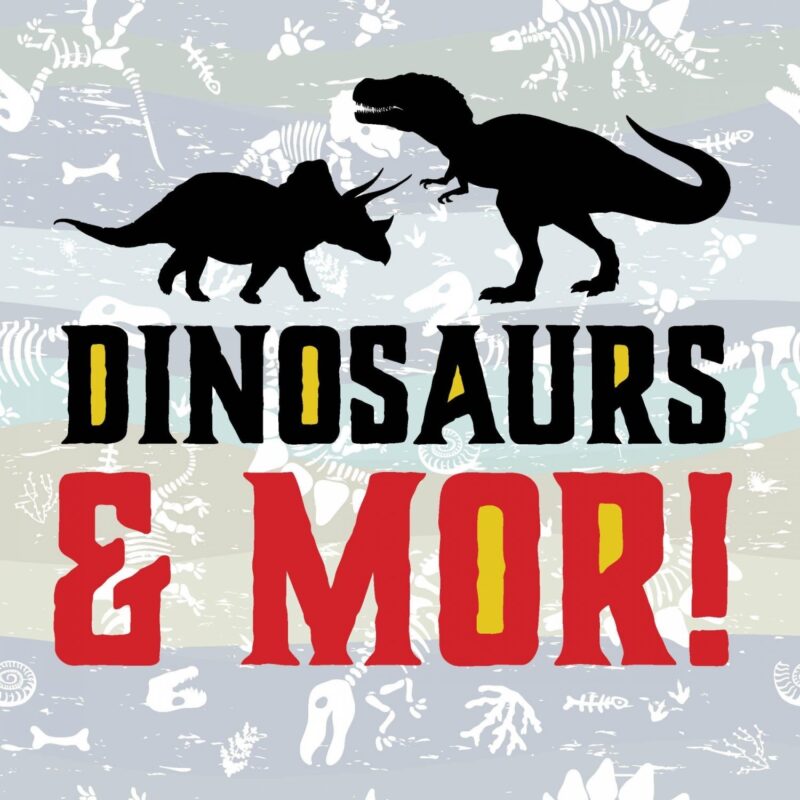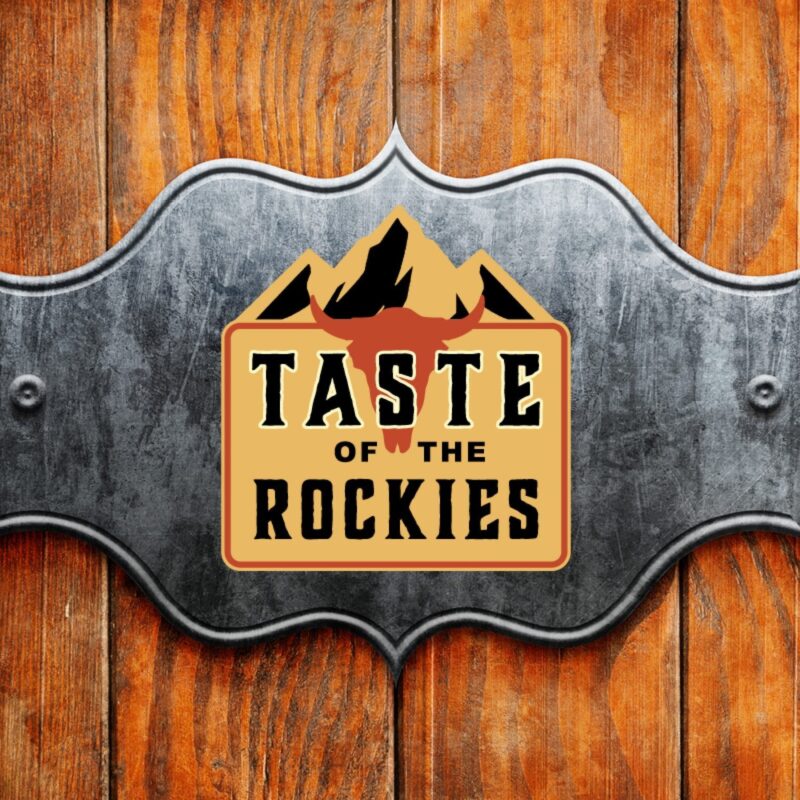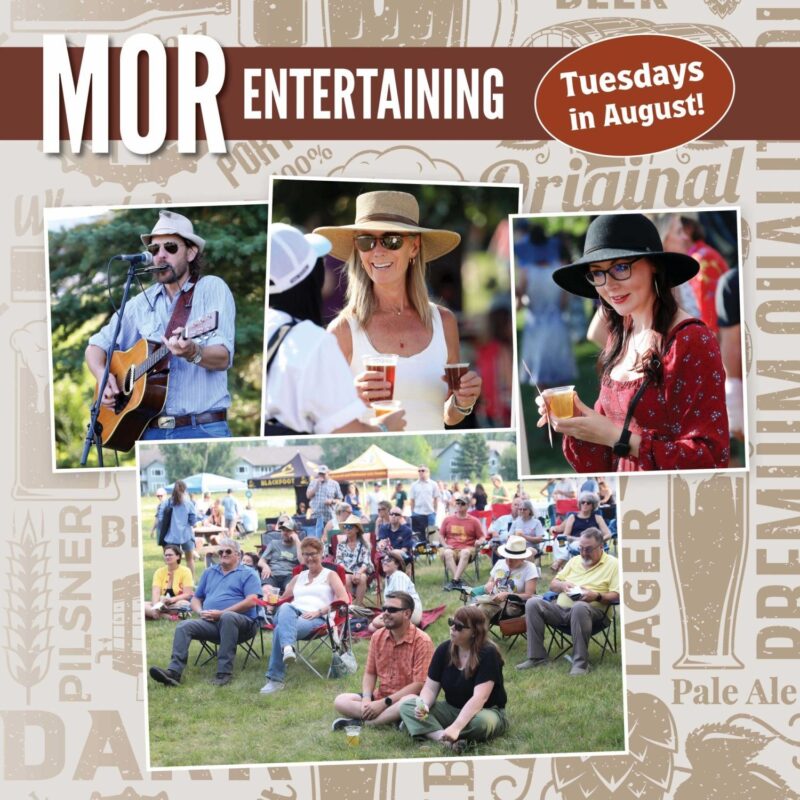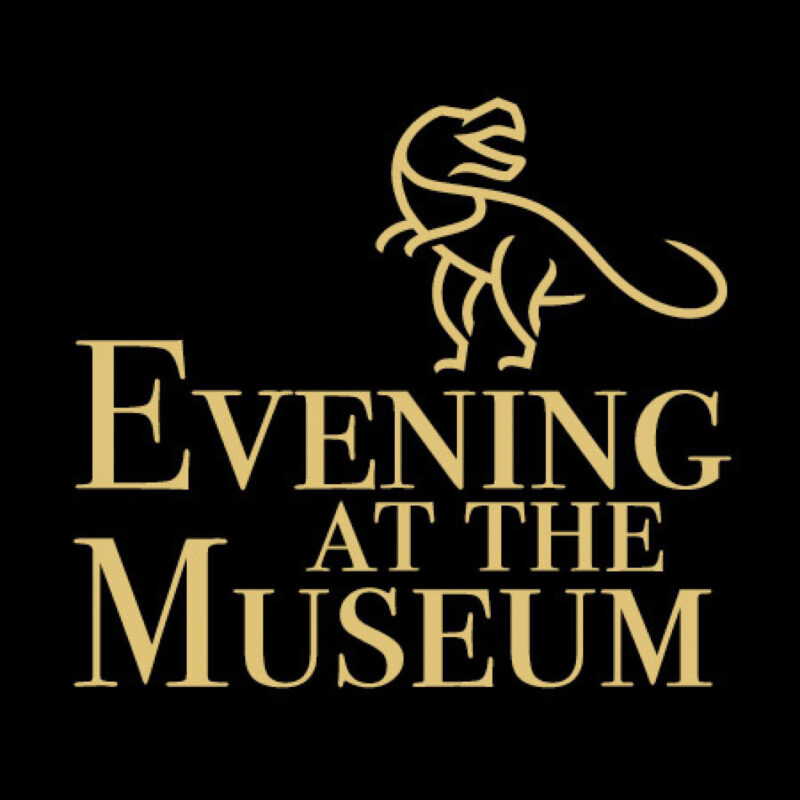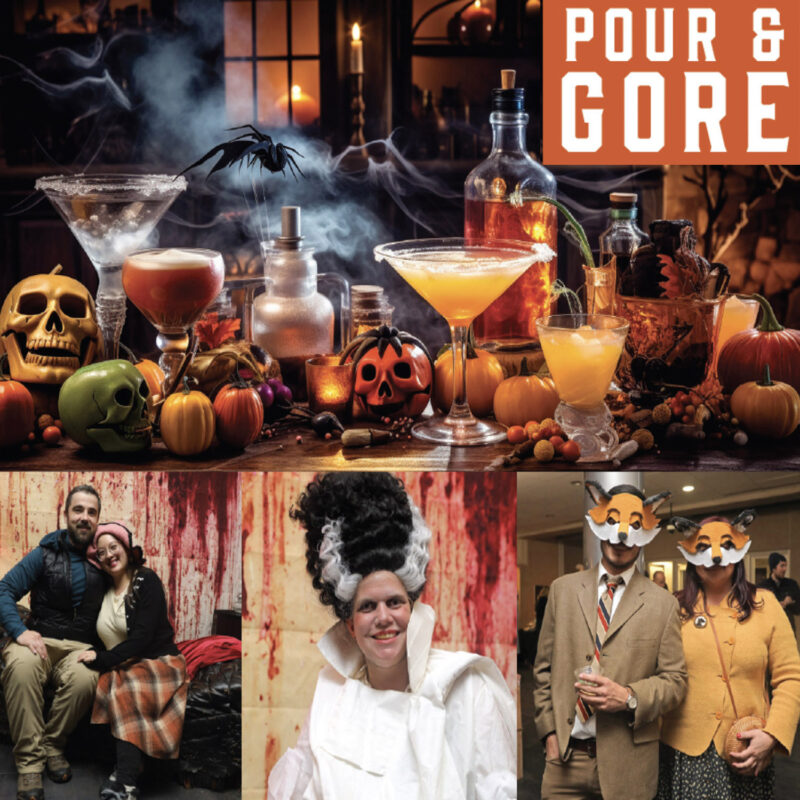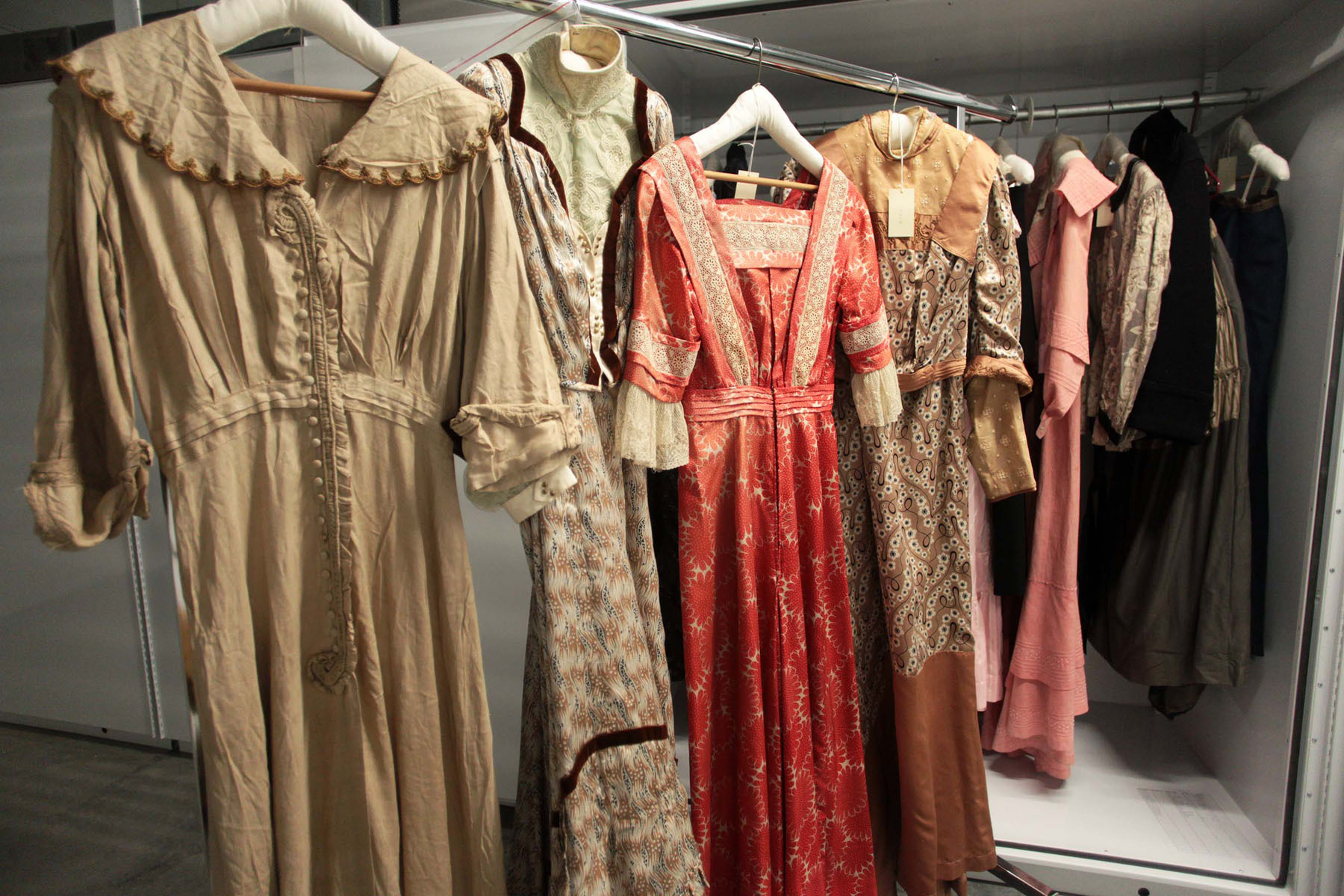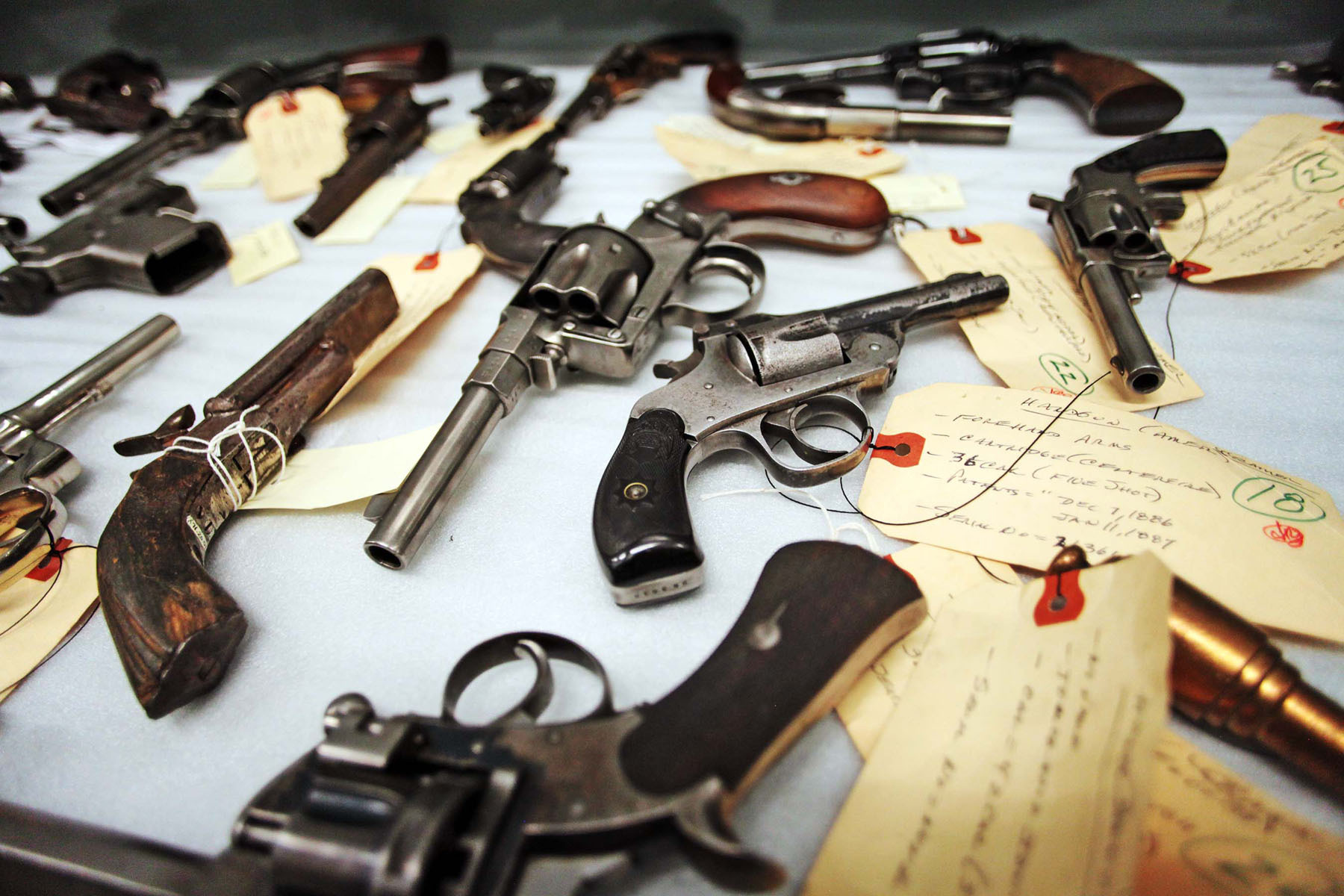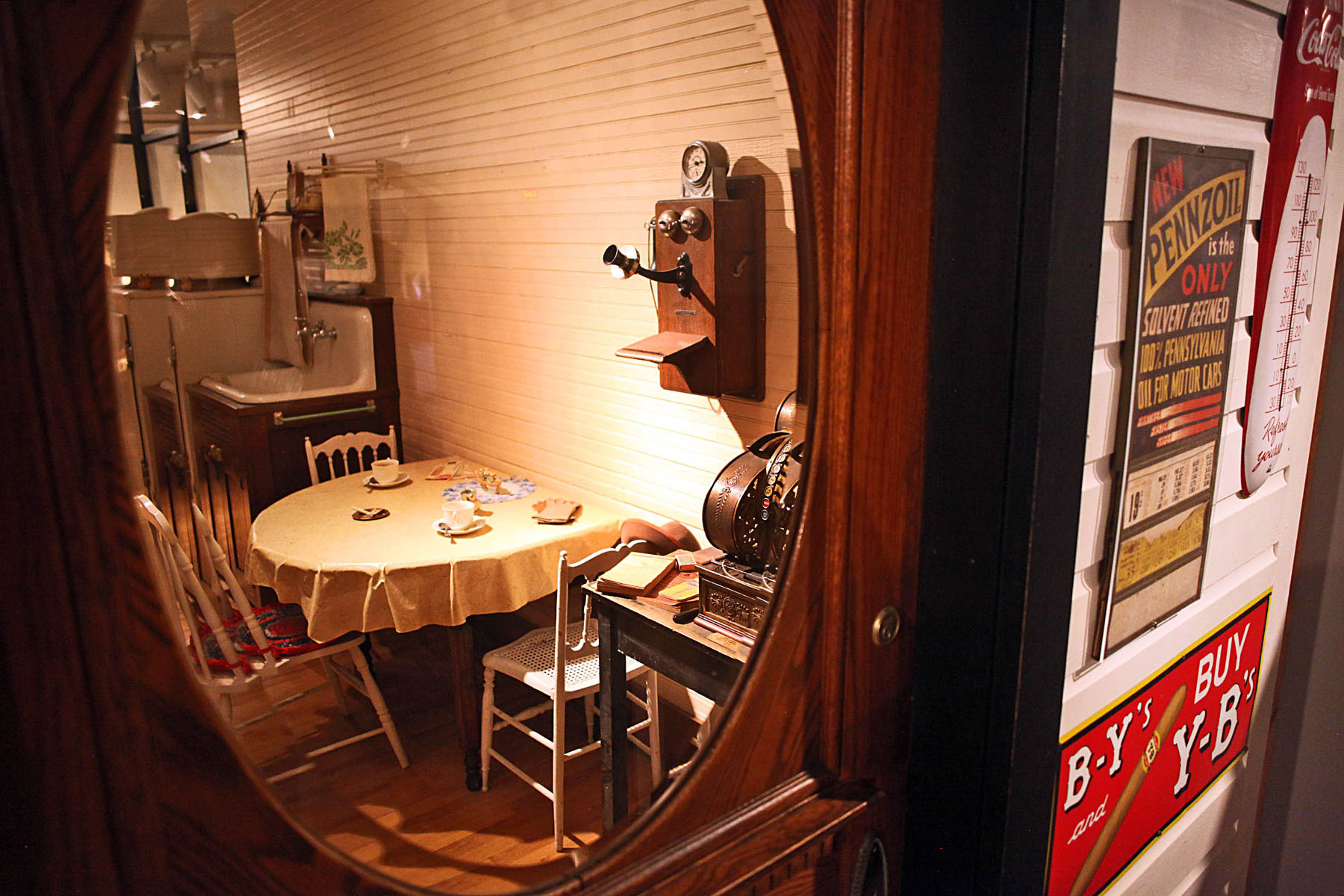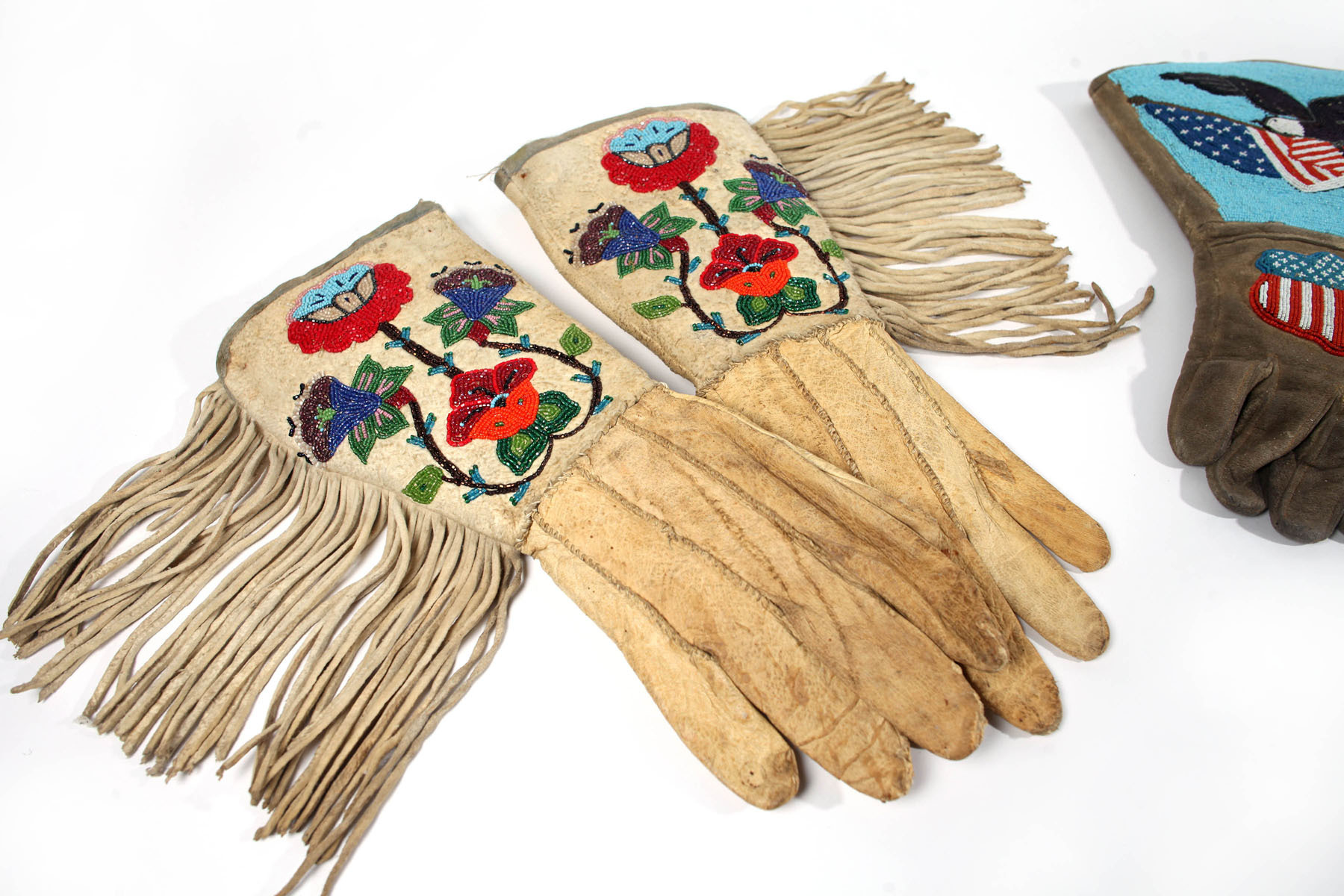Credit Line and Restrictions
You may specify a "credit line" that will become part of the exhibit label should your donation be exhibited. Please talk with us if you are interested in this, or if your gift is in memory of someone. If not otherwise specified, the credit line for your donation will read "Gift of [your name]." You may also request that your gift be anonymous; if so, you will not be identified to the public, but for your gift to be legal, we must have on file a signed gift document with your contact information.
The museum prefers that object gifts be unrestricted, meaning that once the object is legally ours, we control its use. Any limitations or restrictions to this policy must be discussed and agreed to by both parties prior to signing the gift document. You and your family may "visit" your donation during normal business hours; please contact us a few days ahead of time to schedule a visit so that we can have your donation ready for you. Please note that:
Restrictions may not be placed by donors or their heirs subsequent to signing a Gift Agreement or other legal gift document.
Restrictions cannot be placed on donations to the Teaching or Living History collections. We cannot guarantee that any object or group of objects will be exhibited or actively researched, cannot place any object on permanent exhibit, and cannot loan objects back to donors or their families.
What We Can & Can not Accept
Museum of the Rockies is pleased to consider any offered artifact or specimen. However, our storage space is limited, and there are legal and ethical considerations associated with each donation. These considerations vary somewhat depending on the type of artifact or specimen in question, but in general, we collect objects that relate to or are descriptive of the human and natural history of the region. Please contact the Registrar for more detail, but here are a few important points:
- Object donations must meet the established criteria for the collection to which it is to be donated. For example, donations to the Living History collections must be appropriate to the interpreted period. We will be happy to provide and explain these criteria to you.
- The object's legal owner must make object donations. For objects collected from the ground, the donor must be the landowner of the place of collection.
- For archaeological artifacts and natural history specimens (including dinosaur bones) to be accepted to our permanent collections, we must have the geographic coordinates and other discovery details. Specimens without this data are occasionally accepted to our teaching collection, but cannot be accepted into our permanent collections.
- Historical artifacts with documented histories, including who used it and where & when it was used, are preferred over those with an unknown background. In general, the more information you have about your object, the better!
- We prefer that objects be whole, clean, and in generally stable condition at the time of donation. However, exceptions can sometimes be made for a potentially fragile object, so please talk with us before undertaking a major cleaning project.
- The museum does not collect taxidermy.
The museum respects the protection and preservation of natural and cultural resources; to this end, we cannot accept:
- human remains, grave goods, or culturally sacred objects
- objects that have illegally changed hands
- objects of cultural patrimony that cannot be shown to have clear legal provenance and/or that are subject to repatriation
- specimens from protected species without associated permits or legal clearance
- specimens or artifacts collected without written permission from public lands
- items collected under circumstances that encourage damage or destruction of biota, established collecting sites, cultural monuments, or human burial places.
Once again, thank you for your interest in Museum of the Rockies' collections. As extensive as our collections are, they were built primarily through donations such as yours. We greatly appreciate your contribution to the history and understanding of our region.


